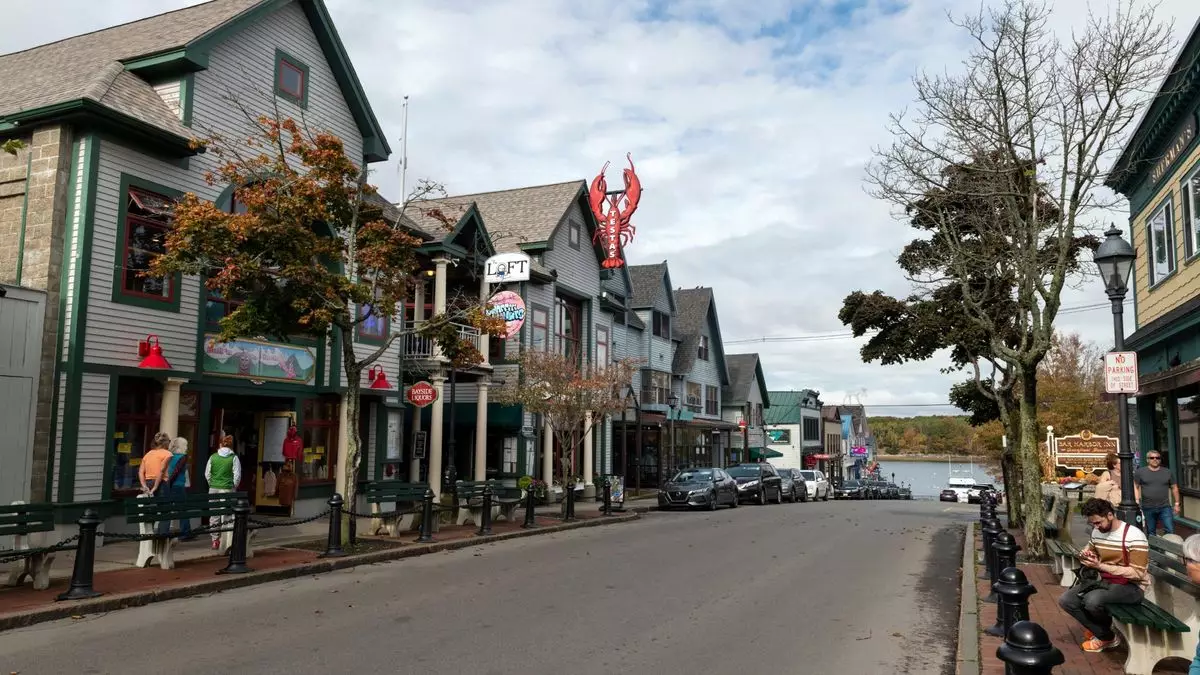In the picturesque town of Bar Harbor, Maine, a pivotal decision looms as residents prepare to vote on the fate of cruise ship passenger limits that could reshape the local tourism landscape. With a referendum scheduled for November, citizens are faced with the challenging question of whether to uphold or overturn the 1,000-passenger daily cap on cruise visitors instituted in 2022. This decision is emblematic of a broader conflict between preserving the town’s charm and accommodating its economic dependencies.
The 1,000-passenger limit was designed to control the influx of tourists, ensuring that Bar Harbor’s iconic attractions, particularly Acadia National Park, remain accessible and enjoyable for both locals and visitors. Previously, cruise terminal policies fluctuated with the seasons, allowing a much higher volume of passengers during peak summer months. This established model catered to a thriving tourist economy but also fostered resentment among residents who struggled with overcrowding and traffic congestion.
However, the reality of the situation is more complex than simply capping numbers. If the citizens choose to repeal the cap, they may raise it to a staggering 3,200 passengers per day, as proposed by the elected town council. Such a move would effectively welcome back large cruise ships that are vital for the financial survival of many businesses in Bar Harbor. The underlying tension arises from the competing interests of those who prioritize profit and those who focus on the quality of life in their community.
Adding to the town’s strife is an ongoing legal battle stemming from the original 1,000-passenger limit. Following its approval, local businesses—whose livelihoods depend heavily on cruise tourism—contested the measure in court. Despite recent judicial support for the cap, it failed to significantly reduce the number of visitors, as many cruise lines had already locked in schedules prior to the referendum’s passing. Such grandfathering of port calls demonstrates the complexities of legislative changes in face of established commercial activities, thus keeping the town in a state of regulatory flux.
Statistics shed light on the economic stakes at play. In 2019, Bar Harbor welcomed approximately 250,000 cruise passengers, a number that could be halved by maintaining the restrictive cap. This data starkly illustrates the conflict between the desire for tranquility among residents and the economic needs of the businesses that sustain the local job market. Many employees find themselves torn between supporting a reduction of daily visitors and understanding the dire repercussions on their jobs and the broader economy.
As Bar Harbor grapples with the potential repercussions of its upcoming vote, it embodies the universal struggle between maintaining a unique local identity and responding to the realities of economic dependency on tourism. The decision will not only influence the immediate future of the town’s bustling harbor but also shape the narrative of how communities navigate change while balancing growth and quality of life. Ultimately, voters will have to weigh their options carefully, understanding that whichever way the pendulum swings, Bar Harbor will continue to be a focal point for discussions surrounding tourism, sustainability, and community-first planning.

